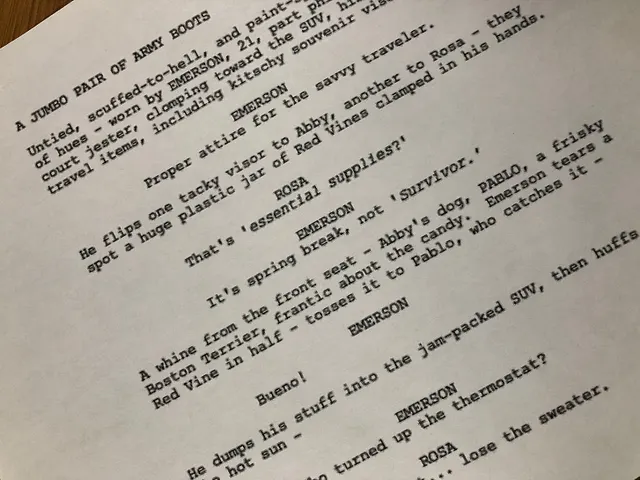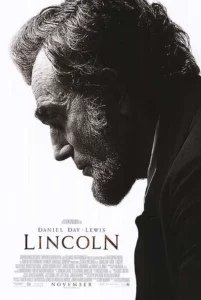“Unlocking Secrets of the Silver Screen: Timeless Screenwriting Wisdom Revealed in Part 5 of Midway in the Photoplay!”
Are you a budding screenwriter, or even a seasoned one, grappling with the age-old challenge of keeping your narrative engaging? Have you ever found yourself in the midst of a scene, unsure about how to inject freshness into the story? Well, you’ve stumbled upon a gem! The illustrious Anita Loos, a pioneer of American cinema, offers golden nuggets of advice that can help you navigate those tricky plot points. Picture this: while your protagonist is caught in a sticky situation, why not shift gears and peek into the lives of characters across town? This technique—twisting through subplots and parallel narratives—might just be the spark you need! In this article, we’ll dive into Loos’ insightful approach to screenwriting, exploring how the art of the “subplot” and the technique of “cross-cutting” can enhance your storytelling prowess. So, are you ready to cut over to the next line of action? LEARN MORE.

“When you are at a loss to carry on the action, cut over to the parallel line of action which is taking place in the next street or the next town.”
If you are a screenwriter, you should know about Anita Loos. Loos was one of the most influential writers in the early stages of American cinema, associated with 136 film projects per IMDb.
Married to writer John Emerson, the pair wrote one of the first books on screenwriting in 1920: “How to Write Photoplays”. I have been running a weekly series based on the book. You can access those posts here.
Today: Midway in the Photoplay [P. 101].
When you are at a loss to carry on the action, cut over to the parallel line of action which is taking place in the next street or the next town; leave your repentant thief to show the detectives preparing to nab him, and so forth.
As noted the last few articles, what Loos and Emerson are talking about here is what has come to be known as a subplot, a secondary or “minor” plot. And specifically here, they refer to an editorial technique commonly referred to nowadays as a cross-cut.
This is one of the most valuable assets of a subplot: to “cut over to [a] parallel line of action.” Through various subplot intersections, it…











